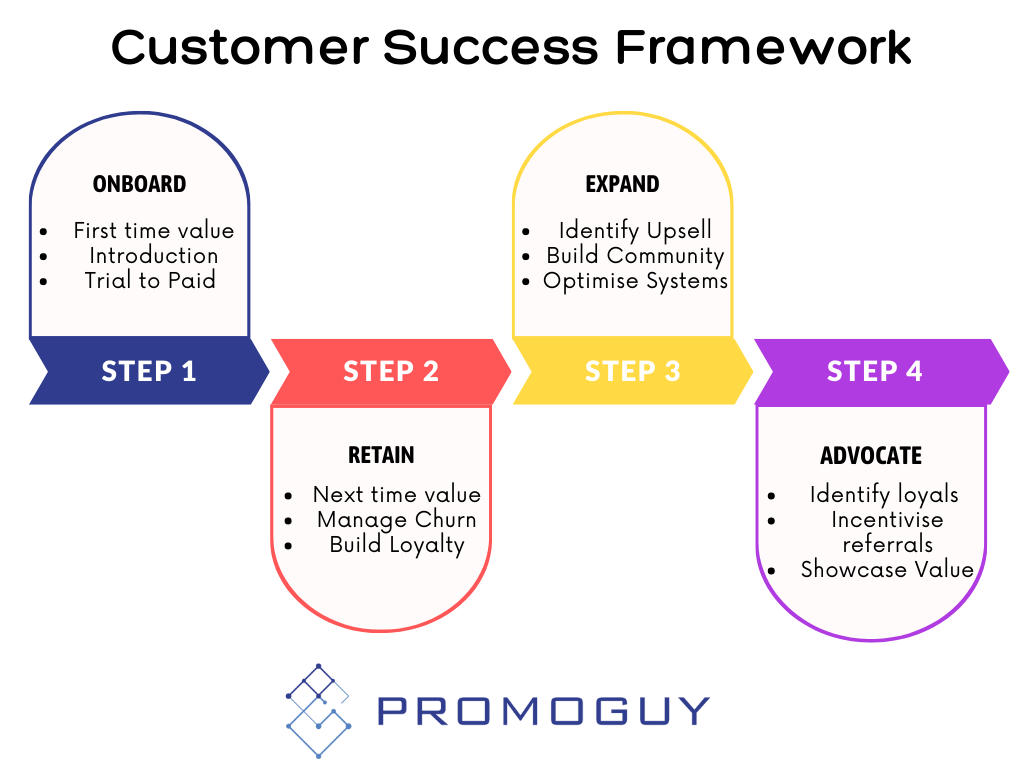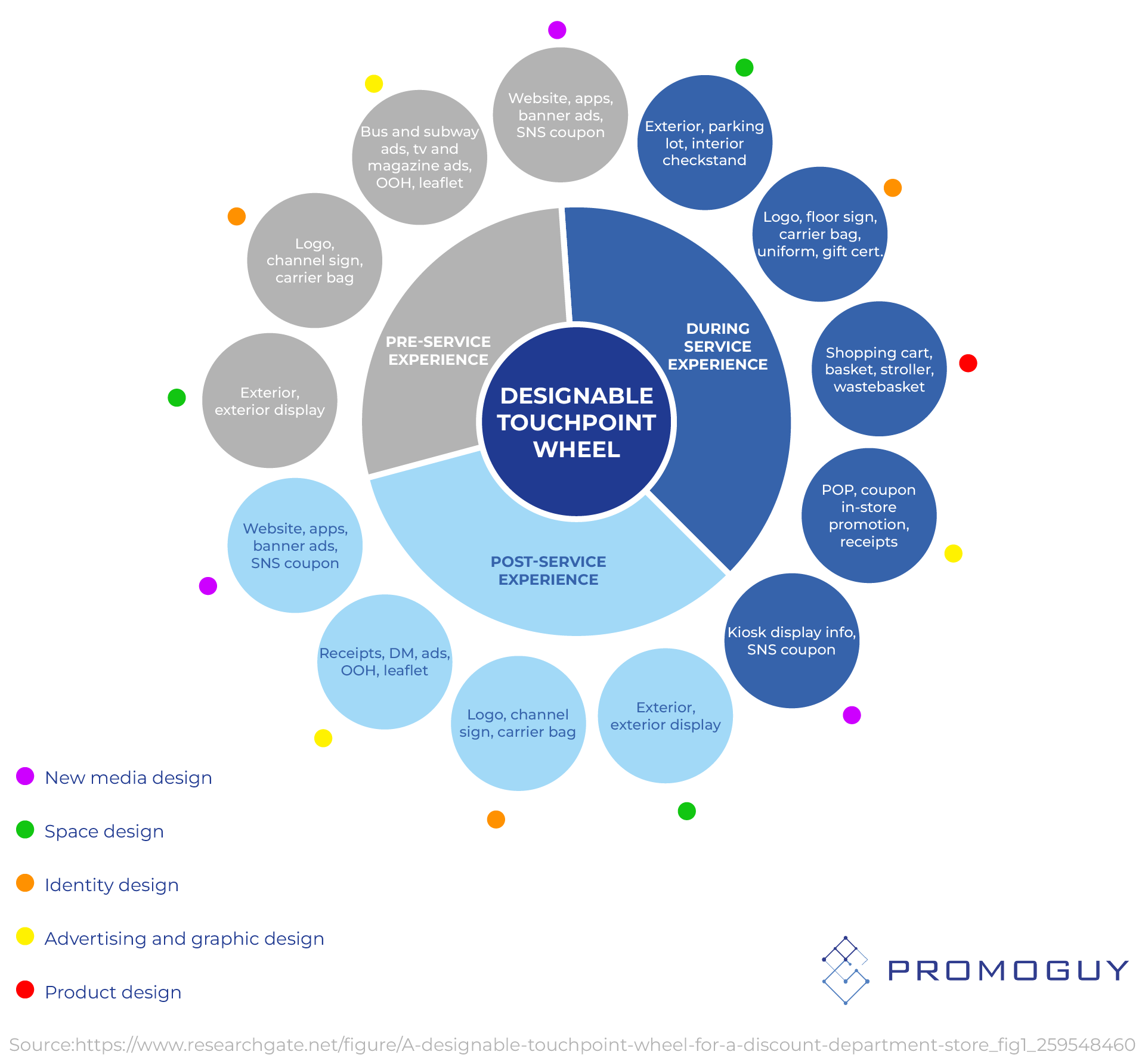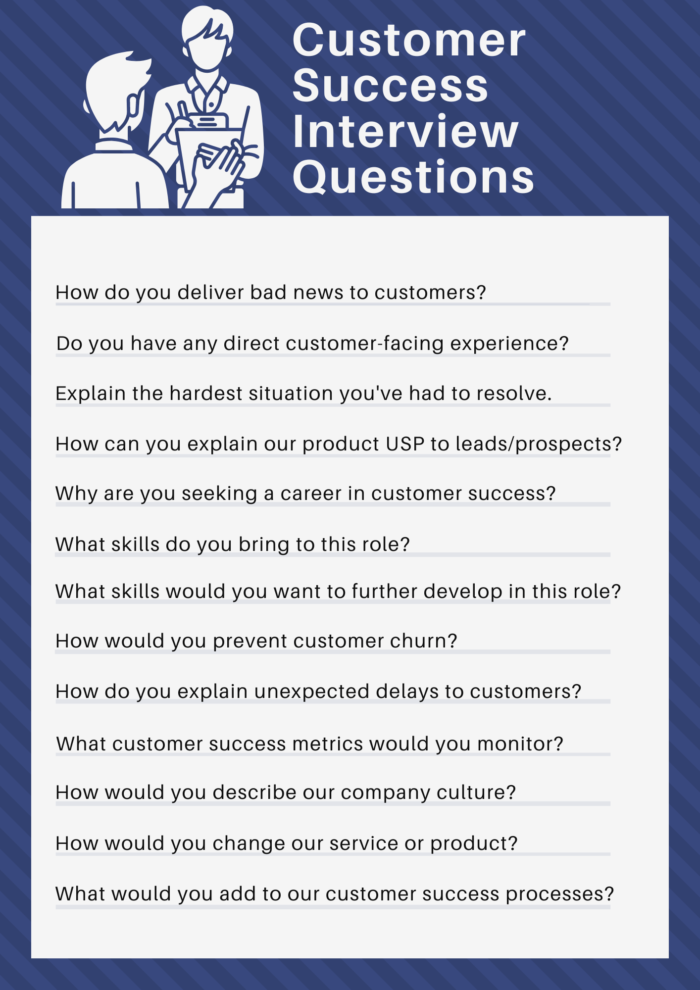Even if your product is fantastic, you still need to consider the customer journey and plan for it. Properly understanding the customer and their experiences with a company’s product is where customer success management shines. Today we’ll examine how businesses can benefit from the work of a customer success team.
While customer success originally started as a term that relates to SaaS, it has since broadened to include other types of industries and products. In simple terms, it is a relationship-focused client management principle. Its main aim is to help customers achieve their goals with the product or service by providing support.
Although this article aims toward customer success in SaaS and the online service industry, it also contains universal lessons for any business’ customer success operations.
Customer Experience vs Customer Success
When comparing customer success vs customer experience, there are key differences worth noting. The former is about building a positive rapport between the customer and the company, brand, or service, whereas the latter centres around maximizing the customer’s usage of the product or service. In terms of the customer journey stages, customer success comes in after acquisition, whereas customer experience is more holistic.
In a sense, customer success is about the buyer’s experience rather than the overall customer engagement process. Engagement processes take place far before and are about leading the customer to the product and beyond. In the latter parts of the engagement funnel, where customer renewal and satisfaction become crucial, success management is necessary.
Here is a customer success framework that details a 4-step plan (from introduction to advocacy of your services based on creating a community):

Crucial Customer Success Metrics
Customer Health Score Metrics: This includes things such as daily or monthly users, customer satisfaction, how much progress they make (whatever that might entail for your product), etc. This should be measured along with the customer success health score, which includes the profit, number of customers, and growth to find how successful your operations are from a business side
Renewal rate: The number of people who keep signing up or choose to continue their membership. Calculate the renewal rate by dividing the number of customers who renewed their subscriptions by the number of users who were up for renewal and multiply by 100
Customer Churn rate: Alongside the renewal rate, you should also have the rate of customers who leave for comparison
Net Promoter score: The NPS asks whether someone is likely to promote your product to another party. This is useful in measuring enthusiasm and can be included in an email or as a software pop-up
Customer Success goals: Help your customers by setting your own goals as a useful benchmark. Every product and service is different and creating goals can vary based on their specific criteria. More on this in the next section
Customer Journey Optimization
Your customers need to feel like they are meeting their goals throughout the customer journey process. This requires attention to their needs and the use of proper planning. To optimize the customer’s journey, firms need to map out and connect the customer interactions to influence the overall end-to-end experience.
A great way to map out these touchpoints is by creating a brand touchpoint wheel for your business:

Once you’ve mapped out your touchpoints into pre-service, post-service, and during-service, you can examine where you lack in several ways:
- Survey customers to identify which areas you can improve (if you don’t have customers yet, survey your ideal customer and create a buyer persona).
- Make sure you have enough touchpoints to maximize communication with customers (email, newsletters, contact pages, customer service lines, etc.).
- Improve accessibility to your touchpoints.
- Better SEO and keyword optimization for new customers.
- Useful FAQs or community management practices that promote easier user integration and provide answers to customer queries.
- Make payment as easy as possible.
- Keep customer service lines and chatbots active for customer queries.
- Customer success engineers should improve on all of these by examining CTR, exit rates, and bounce rates.
- Reevaluate processes to find out which customers have the most trouble and focus on creating systems that fix their queries.
Setting Customer Success Goals & Objectives
You need to have your customer success plan with the particular goals and objectives mapped out. There are a number of ways to perceive goal-setting, all of which are useful in different instances. One way is to align the goals of the success department with that of the company as a whole, find the metrics that will help achieve departmental objectives, and execute policies that forward these goals.
Another way to do this is by setting objectives based on measurable outcomes. If you want to improve customer success through renewals, you may want to see where customers are going i.e., if they are going to other competitors, see what they offer and improve your systems.
Similarly, to improve NPS, you may have to add incentives for promoting services such as discounts or prizes. You could also make it easier to add reviews or testimonials to the site or app marketplace.
To rearrange goals to a consumer-centric perspective, you can do customer research. Ask your customers what they need. Additionally, if the goal is to foster community loyalty, you can create content, enable customer outreach plans, and create sharing channels.
Tips for Customer Success Enablement
Enablement runs alongside the success process by helping the customer success team. Enablement processes provide training, resources, support, and tools to streamline the process as a whole. This is primarily through improving onboarding and training to foster better performance.
Here are a few ways to improve success enablement:
- Create extensive scripts for new employees
New employees rarely get the more complex tasks, which is why it’s beneficial to give them a good script to follow. Once they’ve mastered this aspect they can move on to the harder stuff.
- Give managers better employee evaluation tools
Make sure your managers are focusing on the right metrics. Look at how effective someone is at creating customer loyalty and what feedback they receive. Sometimes traditional metrics like speed can be misleading because customers with more lifetime value might take up more time but be worth it in the long run.
- Better customer feedback and evaluation data
Build feedback loops where your customers can give you the latest insides into their needs. Evaluate your employees on how well they can communicate with these core customers.
- Hire your team with the right customer success interview questions
Your team needs to be prepared for every scenario. When interviewing for the job, make sure you cover the crucial ground with these questions:

Developing a Customer Follow Up System
To follow include your customers, you need to regularly check up on them. Feedback systems should be implemented on 3 levels:
- Introductory for new customers: Ask them if the process is clear so that they get the hand of the service.
- Periodic: these not only check in on customers to make them feel included, but they also gather crucial data for improvements from regular users.
- Exit survey: find out why the customer is leaving, ask them if they are leaving to a competitor, and where you can improve.
Create incentives for customers to provide info. This can come in the form of discounts for referrals or testimonials. It’s also beneficial to make feedback easy to give, ideally without having to jump through links to provide it.
The best way to create organic feedback (feedback that isn’t forced by asking directly) is a community. Create a Discord server or Reddit page where customers can ask for and offer advice. This serves as fertile ground for automatic customer advocacy, feedback, and data collection. Also, be open to receiving feedback on social media.


